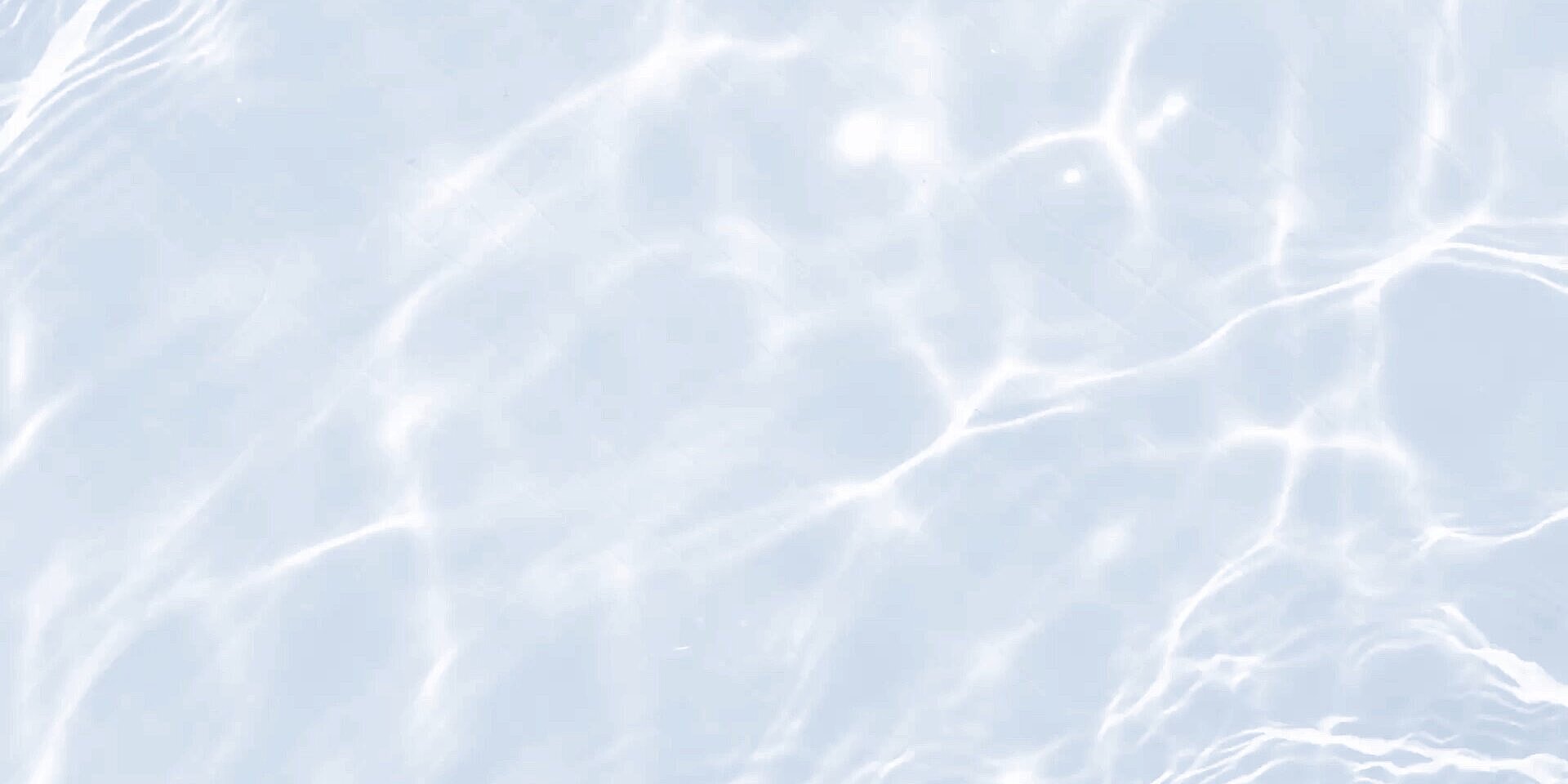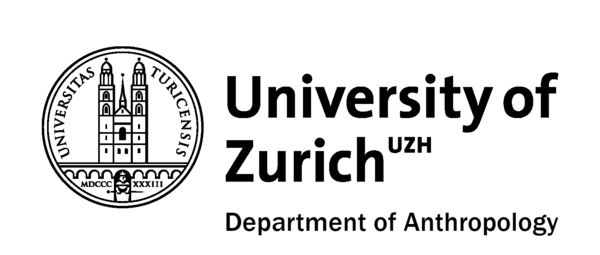A. Ziltener ¹ ², Andrew J. Wright ³ S. Kreicker ¹ ²
¹ Anthropological Institute and Museum, University of Zurich, CH-8057 Zurich, Switzerland
² Dolphin Watch Alliance, Switzerland
³ Environmental Science & Policy Department, George Mason University, Fairfax USA
Korrespondierende Autorin
Angela Ziltener
Anthropologisches Institut & Museum, Universität Zürich
Winterthurerstr. 190, CH-8057 Zürich
Sleeping behaviour
in Indo-Pacific bottlenose dolphins (Tursiops aduncus) off Hurghada, Northern Red Sea, Egypt.
While all animal studied to date sleep, cetaceans are among the few that engage in the unusual practice of unihemispherical sleep, where only half of the brain displays typical signs of sleeping. Certain behaviours, such as circular swimming, have been associated with sleeping in captive cetaceans, but little remains known about sleeping behaviours in the wild. While some inferences have been made about certain behaviours, confirmation requires a simultaneous assessment of eye state (i.e., closed/open). Underwater behavioural surveys using video of the Indo-Pacific bottlenose dolphin (Tursiops aduncus) off Hurghada, Egypt, have been conducting since 2009 in a location where the dolphins are habituated or tolerant of SCUBA divers, and underwater visibility is excellent. Eye state is typically easy to assess in the video record, providing the first confirmed observations of sleeping during swimming behaviour in wild cetaceans. Sleep represents a behavioural state often protected in wildlife by law. The association of this behaviour with reefs in Hurghada suggest an important role for this habitat in the behaviour and thus a conservation concern in the region in the face of increasing disturbance from tourist activities. This discovery also has important implications for assessing responses of cetaceans to disturbance.
Such responses are highly context dependent and are affected by various factors, including behaviour at the time of exposure, prior experiences and motivational state. Sleep not only represents a potential behavioural state at the time of exposure, but the need for sleep may also be a motivational driving force for cetaceans. Such considerations have not yet been incorporated into environmental impact assessments.



